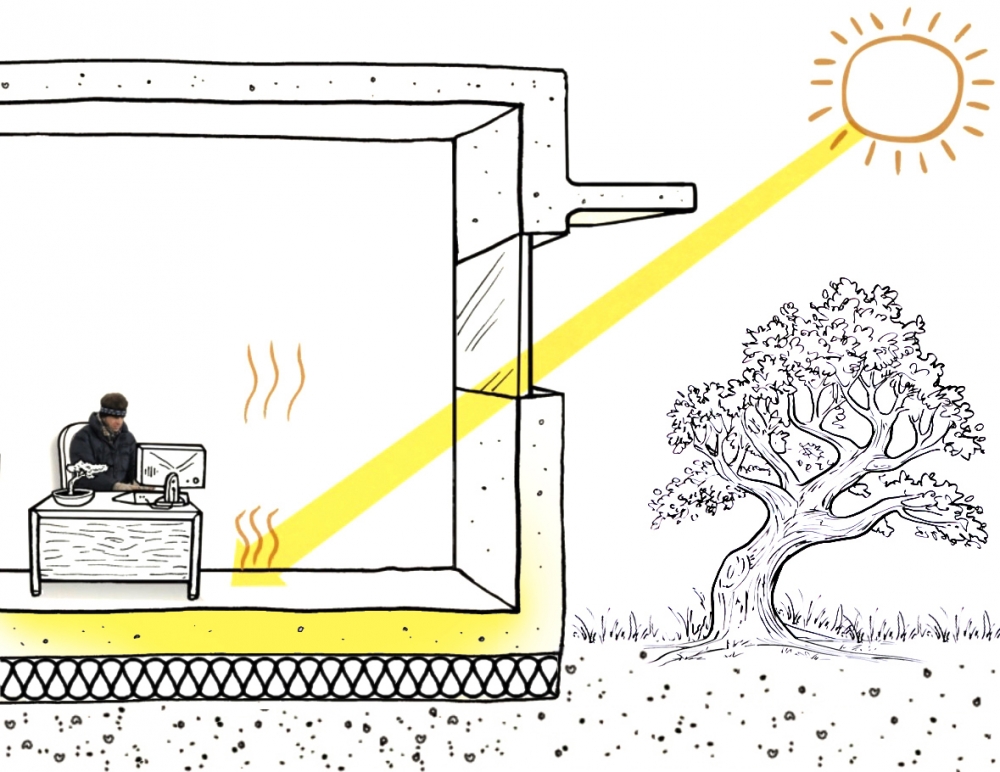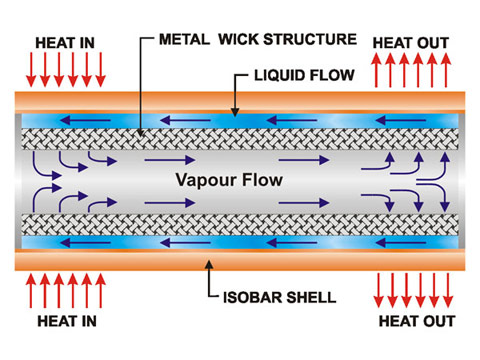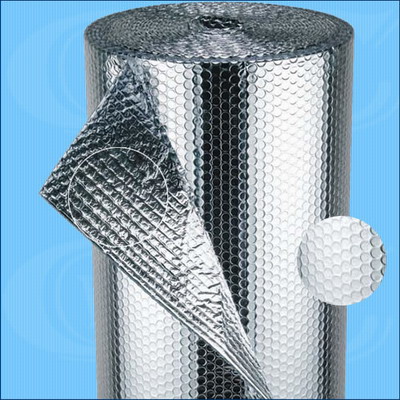Difference Between Thermal Insulator and Thermal Conductor

Thermal insulators and thermal conductors are two types of materials which are defined on the basis of their ability to conduct heat.
Heat can only be conducted when there is a temperature differential between the two materials, and always flows from the material with the higher temperature to the material with a lower temperature. When the temperature difference between the two materials is zero, they attain a thermal equilibrium and no more energy can be transferred.
The differences between the thermal insulators and conductors are pronounced. The thermal insulators cannot transfer energy – or conduct heat – where as the thermal conductors specifically meant for doing so.
This difference between the conducting natures of the two materials is due to their different molecular structures. The thermal insulators are made up of large chain of molecules, which they cannot vibrate. The thermals conductors, on the other hand, are normally made up of single atoms which can vibrate and transfer energy.
These materials fall under the scope of thermodynamic, more precisely heat transfer and have numerous applications, ranging from the clothes you wear to space exploration.
Instructions
-
1
Thermal Conductors
These are the materials rapidly transfer heat. Metals are generally known to be good conductors, because they have a lot of free electrons which help in the transfer of energy. There are many applications of thermal conductors. These conductors can be used in heat exchangers, a device which is used in almost all types of engines, ranging from steam turbines to diesel generators and gas turbines.
Another prominent application of the thermal conductors is evident in cooking where highly conductive utensils are used to impart uniform heat to the ingredients.
A good thermal conductor is also a good electrical conductor, a trait which makes the use of such materials paramount in electrical and electronic industries.
Image courtesy: acrolab.com

-
2
Thermal Insulators
Theoretically speaking, a thermal insulator should never allow a heat transfer to take place. In actuality though, there is always some heat transfer. Plastics and polymers arte generally very good insulators and are widely used in many applications.
The amount of insulation which these materials can provide depends on the critical thickness of the insulating material. These materials are used in space shuttles, where they help in maintaining an appropriate temperature inside. Cars are also insulated from the outside heat by using these thermal insulators.
Image courtesy: image.made-in-china.com








